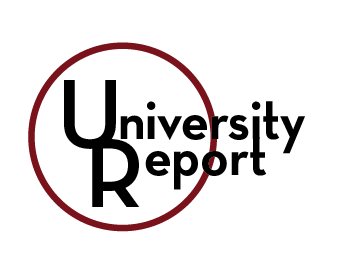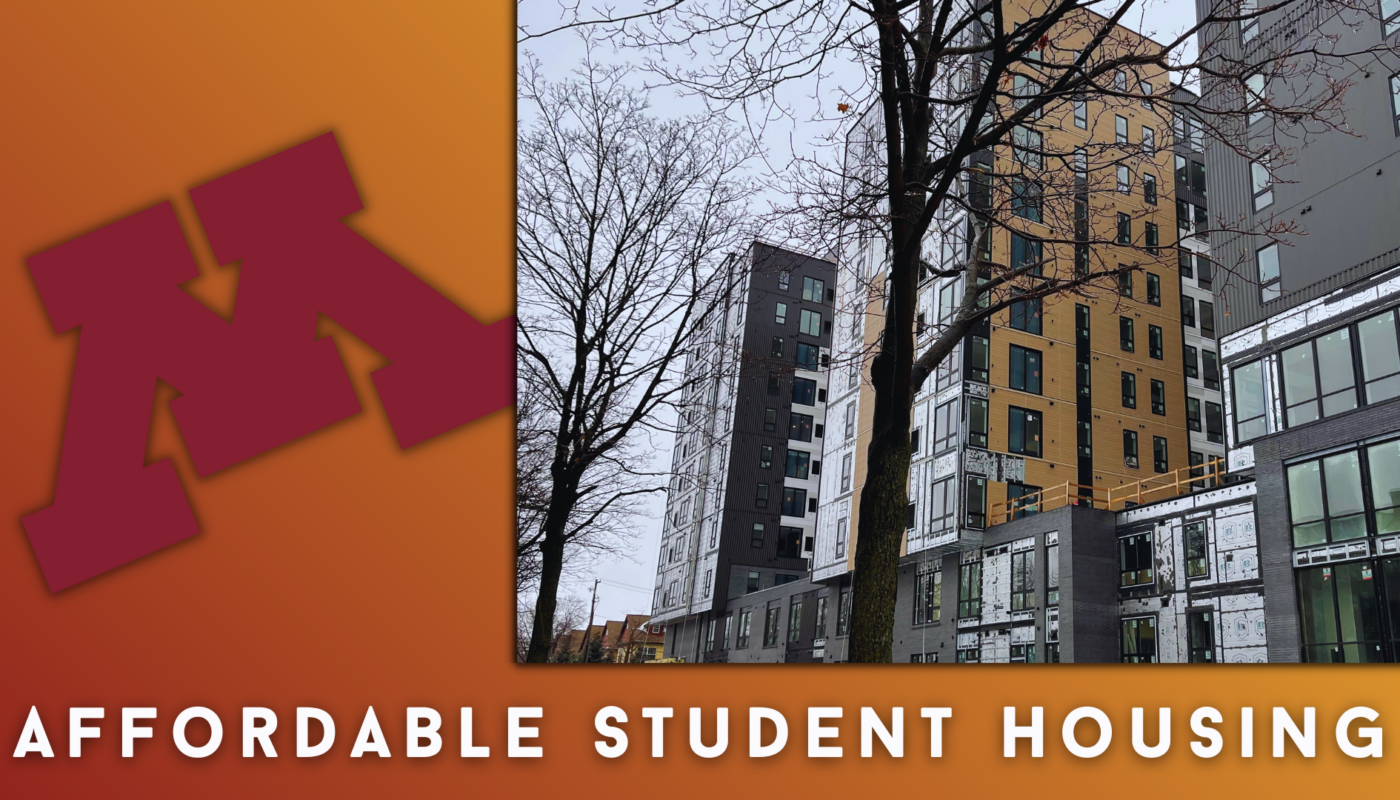The University of Minnesota is facing an epidemic, a shortage of affordable housing. But the Minneapolis 2040 plan looks to solve that.
Within the University of Minnesota neighborhoods, the sound of clanking metal, pounding hammers, and construction vehicles liter the atmosphere. As the outdated affordable century-old houses continue to be demolished, large luxury branded apartments come in its path.
“I really don’t like them; this area is getting too new. It feels like gentrification,” said Minnesota student John Kuskey.
Kuskey is not the only student that feels the threat of these new apartments; so does PJ Swanson, a senior at Minnesota.
“I am leaving soon, so it does not affect me. But I can see how these new apartments may increase the price of nearby housing for future students,” said Swanson. Adding, “It is just super, super expensive.”
Student housing through the university is limited to just a few university-owned apartments around campus, forcing many to move into buildings not owned by the university. Because of that, the housing prices can be heightened depending on the proximity to campus and the “luxury” of the buildings.
The Dinkytown neighborhood is one of the more costly areas students can live in. Tess Erdmann, a student at Minnesota, said, “It is super expensive to live in Dinkytown now, I am fortunate enough to afford it, but not everyone is able to afford it.”
Erdmann is also an intern for one of those new luxury apartment buildings opening in August called Fieldhouse. Fieldhouse is located on the demolished lot of non-profit Wilderness Inquiry, torn down in the summer of 2021.
However, Erdmann stated that Fieldhouse would not be like the rest of the Dinkytown apartments, “our main goal is just to create a community in our apartment,” said Erdmann, “It will attract everyone in Minneapolis because, depending on your income, we have a place for you no matter what it is.”
She refers to the zoning codes new buildings are allowed to follow in Minneapolis—specifically, the inclusionary zoning portion of the Minneapolis 2040 plan.
Inclusionary Zoning, or IZ, allows a certain percentage of units within an apartment building to follow a reduced rate for a more affordable price for qualified individuals.
“IZ housing is actually new to me completely. It’s pretty new everywhere in Dinkytown. It just offers a discounted rate for students who are eligible or students who receive a pell grant. Which helps make Dinkytown living more affordable,” said Erdmann.
Luckily for Minnesota students, Erdmann says it is relatively easy to complete the needed paperwork for the city to get a spot at those reduced-rate units. Part is due to the city of Minneapolis’s push for pell grant receiving students to find more affordable housing closer to campus.
Fieldhouse said that its IZ units for a 1-bedroom apartment would run you $1,168 compared to the market rate of $1,630. That’s a difference of about $500. The same goes for a 4×4 IZ unit, which is only $685 compared to a non-reduced rate of $925.
“In the end, we are trying to help each other out, especially with IZ, getting those spots filled,” said Erdmann.
Yet, even with this new zoning code, some students are still not finding the development in the college’s neighborhoods positive. “I just think, why add the loopholes if there was already an easier way to do it? It just seems like money-hungry people want to control the area,” said Kuskey. “If I had the money, I would, but I think having a roof over people’s heads is more important than a rooftop pool.”
Fieldhouse said that its IZ units are almost sold out but is referring renters to The Doyle and Identity apartments, which also follow inclusionary zoning with help from staff at Fieldhouse.




